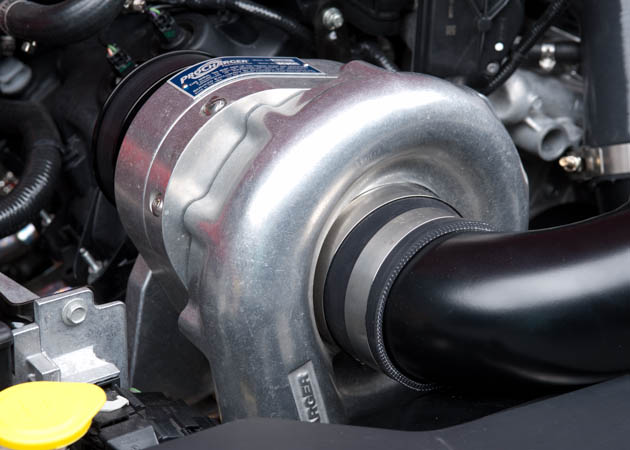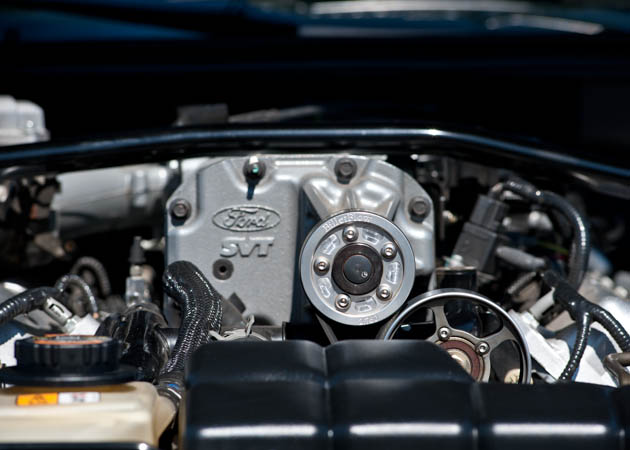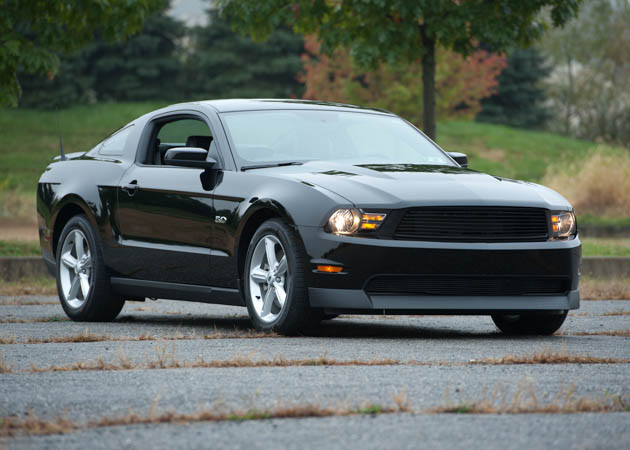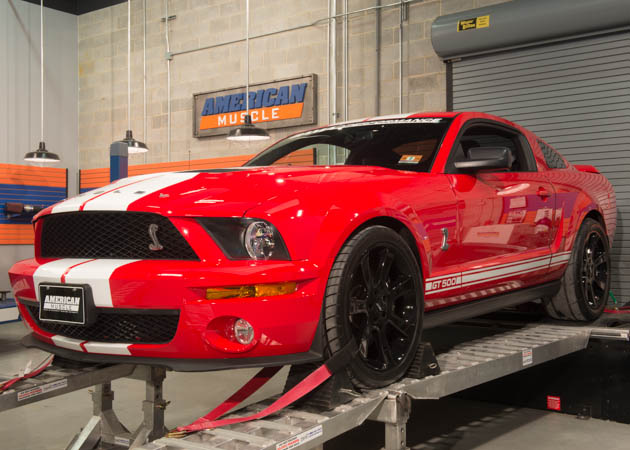Regardless of the method of delivery, nitrous oxide systems utilize the same basic components. A kit will come with the bottle (empty), bracket, necessary feed lines and electronic switches and valves to activate the system. All in all, nitrous oxide systems are by far the cheapest power adder. At the touch of a button, you can instantly add another 200HP (well, it depends what jets are installed) to your Mustang! Sounds awesome, doesn’t it?! It certainly is, however there are a few cons. First off, nitrous oxide does not last forever. You will only get that instant boost for as long as you have nitrous oxide left in your bottle. Nitrous oxide needs to be refilled and depending on how often you use it, it may not even last the night. Furthermore, nitrous oxide kits may not be legal in all states for street use. Where I live, it is illegal. You can have the system and bottle and whatnot, but it cannot be hooked up on the street (if an officer were to check and find it was indeed hooked up, it's a huge fine).
A kit will cost around $800, plus the cost to fill the bottle. A standard bottle holds 10 lbs of juice. My local price is $11/lb. How long it will last depends on how often you use it, and what size shot you are running (75, 100, 125, 200 are common shots).






